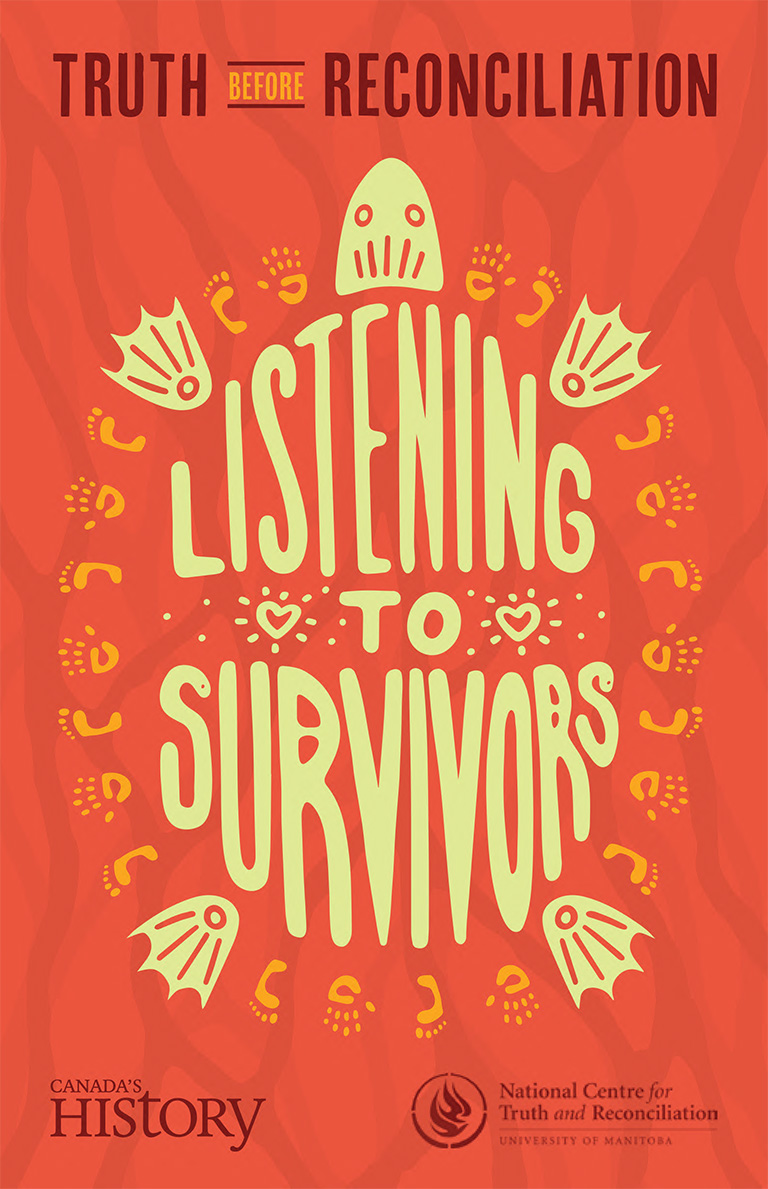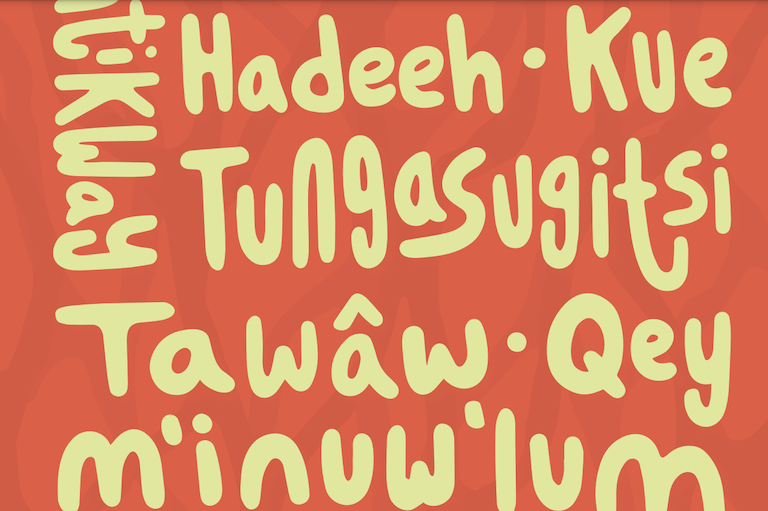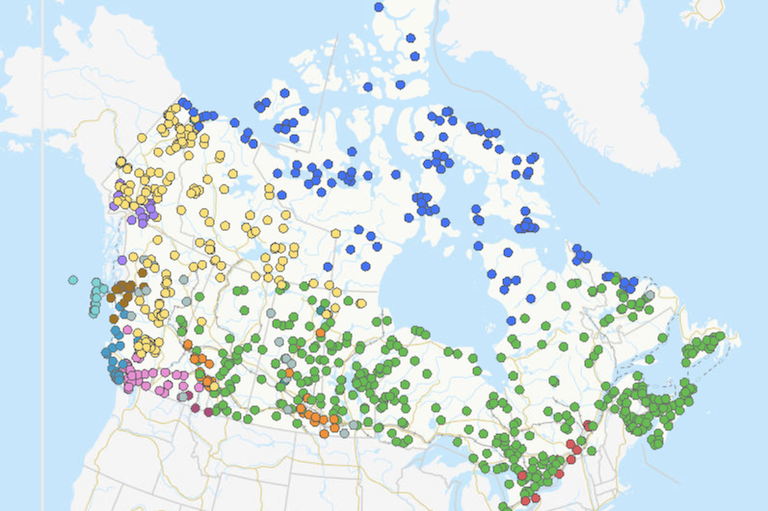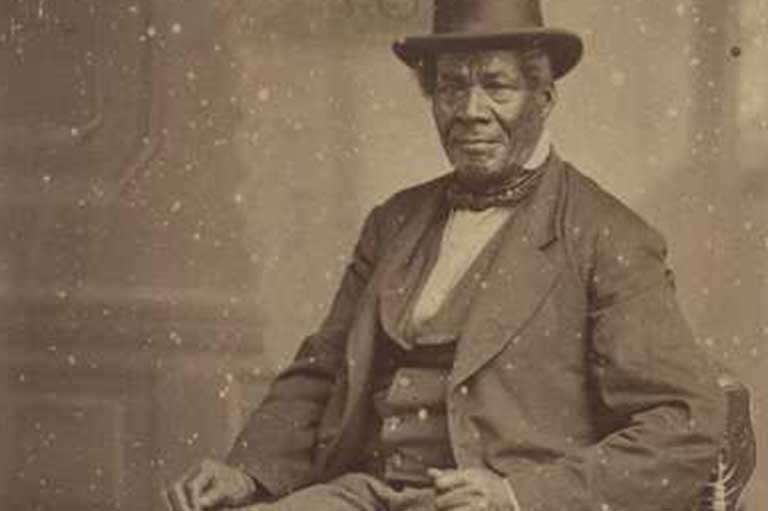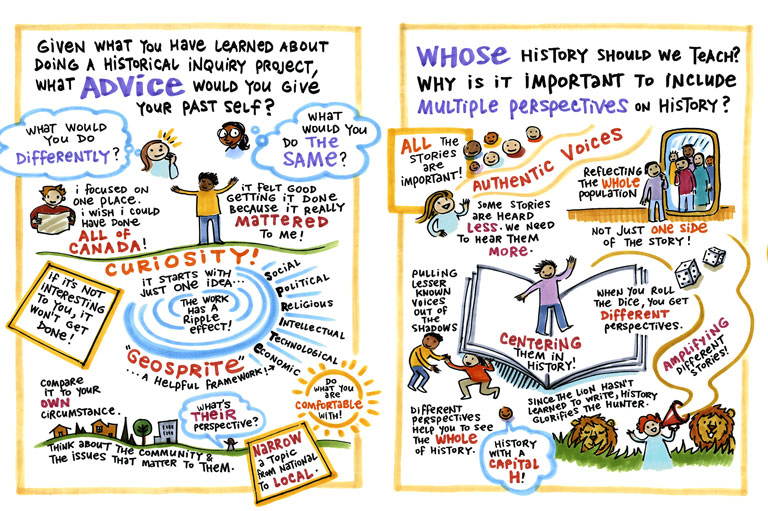Learning through Poetry
Truth Before Reconciliation: Listening to Survivors Canada’s National History Society with the National Centre for Truth and Reconciliation |
This activity guides students through a reading of and reflection on the poem “For My Nieces” by Makayla Webkamigad on page 6 of Truth Before Reconciliation: Listening to Survivors. |
Background Information |
Before beginning this activity, teachers should assess the students’ knowledge of Residential Schools. Teachers of young learners may introduce the topic using one of the age-appropriate books noted on pages 18 and 19 of the publication. Teachers may also consult the following resources as part of their preparation and as an introductory lesson:
|
Lesson |
| To begin, read the poem “For My Nieces,” by Makayla Webkamigad aloud to your students. Then, return to the beginning and read through the poem in small sections, pausing as follows to allow for explanation and conversation: Read stanzas 1-4 as a class (the teacher may lead the reading, or may divide students into small groups). Pause after the fourth stanza and ask some of the following questions:
|
Final Reflection |
| As a class, brainstorm some of the main themes (ideas) that were included in the poem. Students may note themes such as family, language, stories, loss, or love. In small groups, have students select a theme and find a phrase in the poem that best represents that theme. Create a poster that includes their selected phrase and images or colours that represent how the theme makes them feel. Have students share their posters with each other or display them in the school. |
Extension |
Have students read the article, “Small Pebbles,” by Lisa Jane Smith on page 24 of Truth Before Reconciliation: Listening to Survivors. Have students take turns recounting one of the stories of revitalization that they have read. As a class, explore the websites, social media feeds or videos made by the individuals profiled on pages 27 and 28:
|
Themes associated with this article
Advertisement

